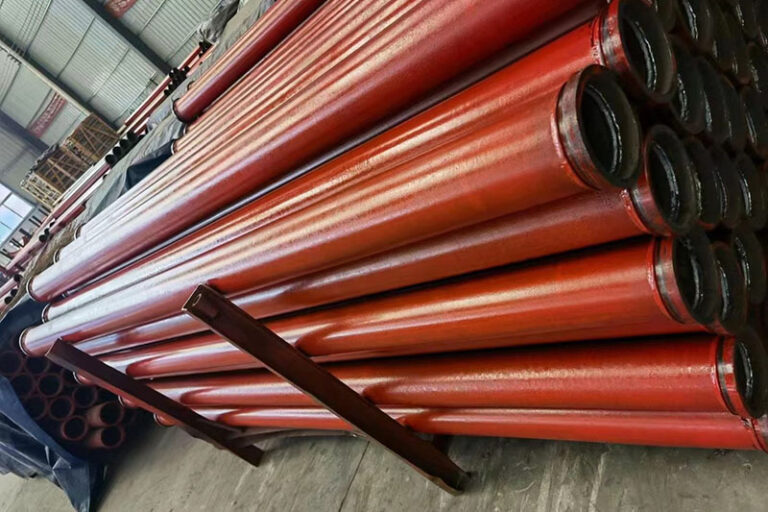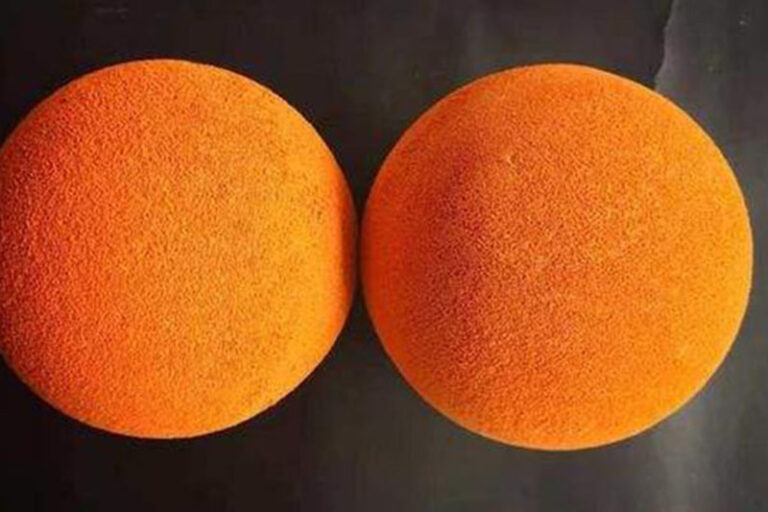What are the different types of concrete pump pipes?
Analysis of Types and Application Scenarios of Concrete Pump Pipes
As a manufacturer of concrete pump pipes, it is crucial to understand the characteristics and applicable scenarios of different types of pump pipes. Concrete pump pipes are the core components for transporting concrete in construction projects, classified according to various standards such as usage, structure, materials, and pressure levels. The following will systematically introduce the main types and application fields of concrete pump pipes, providing selection references for industry users.
1、 Classified by purpose and structure
Ground Pump Pipe
Ground pump pipes are mainly used for ground fixed concrete delivery pumps, usually made of ordinary carbon steel (such as 20 # steel) or fluid pipes, with high pressure resistance and economy. Its structure includes straight pipes, bent pipes, and flange connecting components, suitable for medium to short distance concrete transportation, such as foundation construction or low rise buildings.
Pump Truck Wear resistant Pipe
Also known as boom pipe or automobile pump pipe, it is designed specifically for pump truck boom and needs to withstand high-frequency and high-pressure concrete transportation. This type of pipeline is made of high manganese alloy steel (such as 45Mn2) or cast steel, and after heat treatment, its hardness can reach HRC 55-65, significantly improving its wear resistance. Its typical structure includes hinged elbows, reducers, etc., suitable for high-rise buildings, bridges, and other projects that require long distances and high lift.
Mortar Pump Pipe
For the design of conveying corrosive media containing fine particles (such as mortar), corrosion-resistant materials or special coatings are usually used for treatment. Mortar pump pipes are commonly used in environments such as tunnels and mines, and can adapt to complex working conditions with high wear and chemical corrosion.
2、 Classified by model and pressure level
Model specifications
125 type pump tube: low-pressure model with an outer diameter of Φ 133mm, high-pressure model with an outer diameter of Φ 140mm;
150 type pump tube: low pressure outer diameter Φ 159mm, high pressure Φ 168mm;
80 type pump tube: suitable for low flow scenarios, such as narrow space construction.
Distinguishing between high and low voltage
The high-pressure pump tube adopts thickened tube wall and strengthened welding technology, suitable for long-distance transportation (such as vertical height exceeding 200 meters or horizontal distance exceeding 600 meters);
Low pressure pump tubing focuses more on economy and flexibility, and is suitable for conventional engineering.
3、 Pump tube types in special scenarios
Explosion proof concrete pump pipe
Specially designed for flammable and explosive environments such as coal mines and tunnels, using explosion-proof motors and impact resistant materials (such as 20 # steel) to ensure safe transportation. For example, the HBMG series pump tubing can adapt to low spaces and complex geological conditions.
High strength wear-resistant alloy pump tube
By adding finely ground slag or using high-strength alloys (such as 37Mn5), the compressive strength can be significantly improved (such as the compressive strength of C80 pumped concrete can reach 98MPa), making it suitable for super high-rise buildings or large-span structures.
4、 Selection suggestions and industry trends
Key parameters for selection
Transportation distance and pressure: Choose high or low pressure models according to engineering requirements;
Materials and Wear Resistance: High manganese steel is suitable for high-frequency operations, while carbon steel is suitable for conventional scenarios;
Environmental adaptability: Coatings or alloy materials should be selected for corrosive environments.
Technological development trends
Energy saving and environmental protection: using air cooling system instead of traditional water cooling to reduce energy consumption;
Intelligence: Integrated hydraulic control system and sensors to achieve precise operation;
Long arm design: Folding technology with more than 5 arms (such as RZ combination type) enhances spatial adaptability.





